
When to Plant Grass Seed?
Published: 28/02/2024 | Updated: 18/04/2024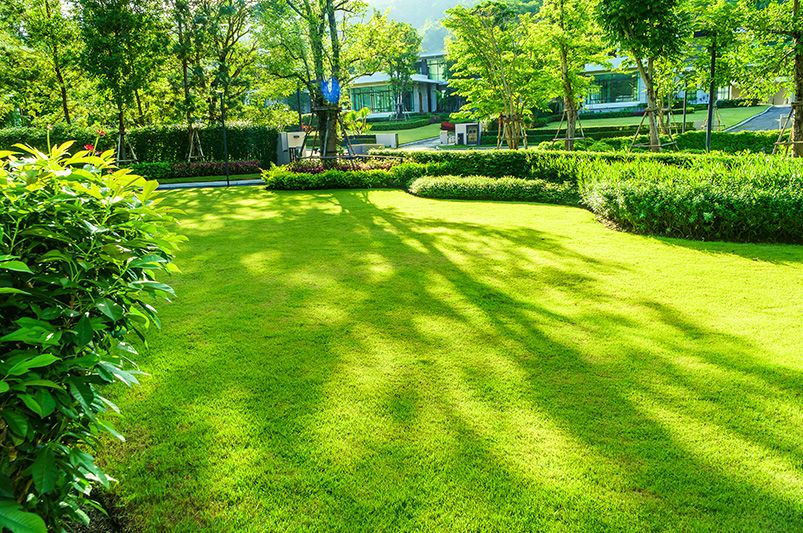
Planting grass from seed has a lot of benefits, though many homeowners don't get to discover them as they're intimidated by the idea of starting with grass from scratch. In this guide, we focus on one important aspect that troubles new gardeners when they plant grass seed: timing. We'll walk you through exactly when to plant grass seed according to type and what other factors to have in mind to end with a beautiful, lush lawn.


If you want more of our tips, guides, and advice, just check our Shrubhub Shrubhub weekly blogs where we cover everything related to landscaping and gardening.
Everything Answered
The right time to plant grass seeds depends on a few factors, most importantly the type of grass you are planning to grow and the specific climate in your region.
Generally, there are cool-season and warm-season grasses, each with their own preferred planting times. We'll go over both of them so that you know when to plant both warm-season grass seed and cool-season grass seed.
Cool-season grasses
Cool season grasses, also referred to as Northern Grasses, are grasses that thrive in the cool months of fall and spring. They're usually more tolerant of frost, lower temperatures, and less light.
The optimal soil temperature for cool-season grass seed germination is typically between 50°F and 65°F. Either early spring seeding or fall planting is good for cool-season grasses.
Planting at these times gives the grass seedlings a chance to establish before the harsher temperatures of summer or winter, but also the time when they'll have their vulnerable early days at a temperature very comfortable to them. This way you ensure the first steps are done in the complete benefits of the newly planted grass seed.
Cool Season Grasses to Plant
If you're curious about cool-season grasses, here are the best ones to start with.
Kentucky Bluegrass
Kentucky bluegrass is a very common cool-season grass. This cool season grass seed will take a bit longer than other varieties to germinate, but you'll be rewarded for your patience.
It has better cold tolerance than nearly any other cool-season grass and is commonly known as smooth meadow grass for its smooth, lush texture and vibrant green color.
Perennial Ryegrass
This native-to-Europe cool season grass is one of the most common grass species, in both the cold and warm category. Perennial ryegrass seeds germinate very rapidly and the seed growth rate is as quick.
This makes it a perfect option if you want to quickly fix an uneven lawn, replace dead grass, or fill blind spots in a green lawn. Of course, it also works perfectly for a new lawn.
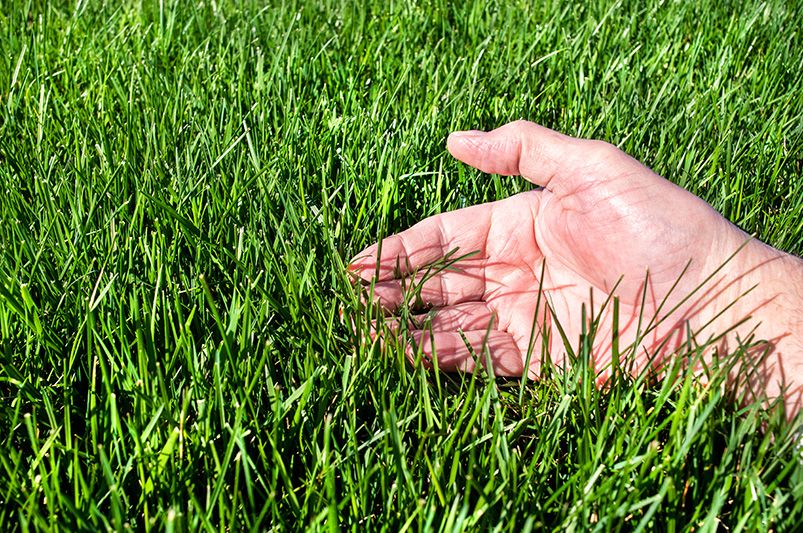
Tall Fescue
Though tall fescue is a cool-season grass and the best time to plant its seed is the same as any other cool-season grass seed, it's one of the cool-season grasses most adapted to other climates like drought and heat.
If you live in an area with an unstable climate, then tall fescue varieties might make great options for you.
As mentioned, all three, Kentucky bluegrass, ryegrass, and fescue, should be planted in early fall, late summer, or early spring when soil temperatures are cooler.
Warm-season grasses
Unlike cool-season grasses, warm-season grasses thrive in the hotter months and have lesser tolerance for the cold, lack of light, and frost. On the other hand, they better tolerate the harsh summer heat and drought waves.
These types of grasses require warmer air and soil temperatures to germinate and establish (above 60°F for quick germination and healthy grass growth). For sufficiently warm soil, plant warm-season grass seed in late spring or early summer.
Warm Season Grasses to Plant
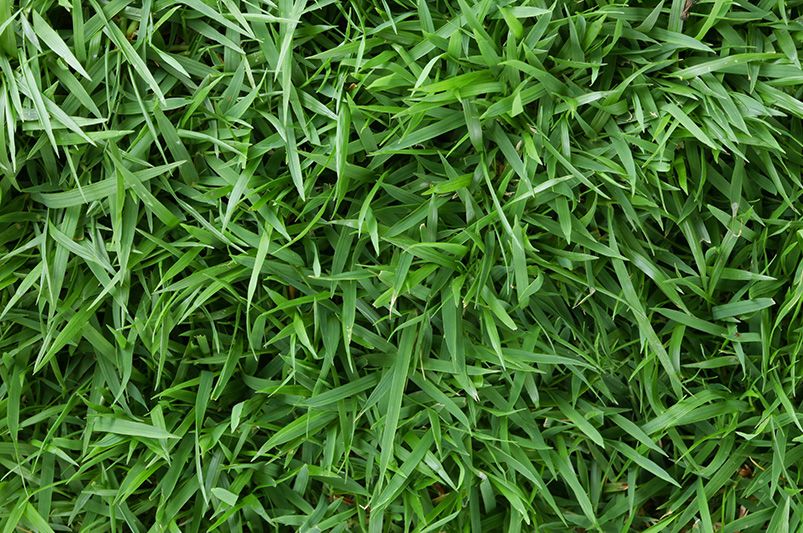
Zoysia Grass
Zoysia grass is one of the best warm-season varieties. It has a high tolerance for heavy foot traffic as well as heat and drought.
In a transition zone or a warmer zone, you'd do well going with such a strong plant grass seed. It's an easy way toward a greener lawn, especially if you want to shift to a new grass.
St Augustine Grass
This dark green grass is commonly planted in tropical and subtropical areas, telling you something about its tolerance to heat and humidity. It's very popular in Florida as well.
If you have a strong summer sun and want a thriving lawn, this is one of the best options for you.
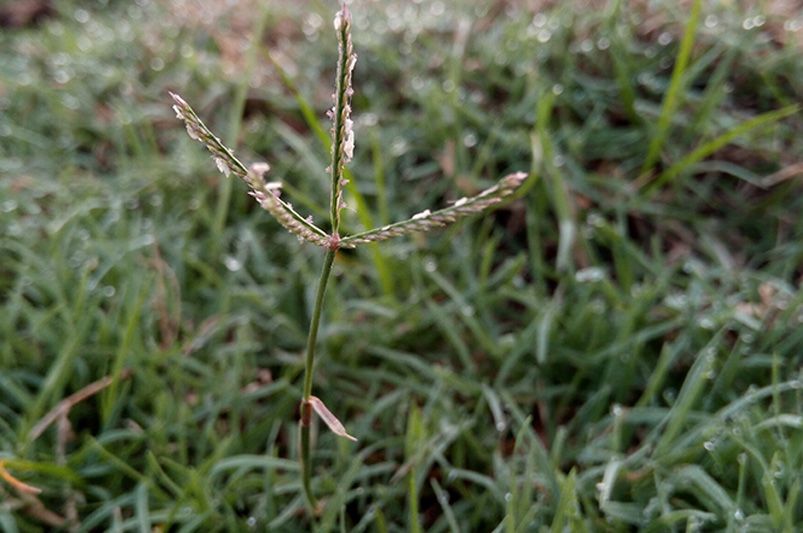
Bermuda Grass
Bermuda grass is another strong warm-season grass. You should plant this grass seed if you want a new grass that can handle heavily compacted soil and high traffic.
Bermuda grass, zoysia grass, and St. Augustine grass are best planted in late spring or early summer.
Now that you know what you should be loosely looking for in a new grass and have some recommendations, check out our grass seeds at Shrubhub the marketplace. When you shop at Shrubhub, you'll be fully assured of the health and quality of your purchases in a way that no local garden center can guarantee.
Here are more steps and tips to consider when planting grass seeds:
Prepare the soil
Before seeding, prepare the soil by removing any debris, weeds, or rocks.
Loosen the soil surface with a garden rake or tiller then level it.
Test the Soil
Conduct a soil test to determine its pH level and nutrient composition.
Adjust the soil pH and add any necessary amendments based on the test results. Alkaline soil can be adjusted with sulfur while acidic soil may take a longer time with gradual nutrition restoration.
Calculate the Seeding Rate
Determine the proper seeding rate based on the recommended guidelines for the specific grass seed you are using.
This will ensure proper coverage and avoid overspending on excessive seed when you're planting grass seed.
Spread the seed
Using a spreader, evenly distribute the grass seed over the prepared soil following the recommended seeding rate.
To ensure good seed-to-soil contact, lightly rake the seed into the top 1/4 inch of soil.
Water the Area
Keep the seeded soil moist consistently by lightly watering it 2-3 times a day.
Avoid overwatering, as it can lead to seed washout or fungal issues. Reduce the frequency as the seedlings emerge, but increase the amount of water every time you water.
Monitor and Maintain
Regularly monitor the progress of the grass seedlings.
Once they reach about 3 inches in height, gradually reduce the frequency of watering while increasing the duration. Follow the recommended lawn care practices for your specific grass type, including mowing, fertilizing, and weed control.
Here are a few additional points to keep in mind when planting grass seed:
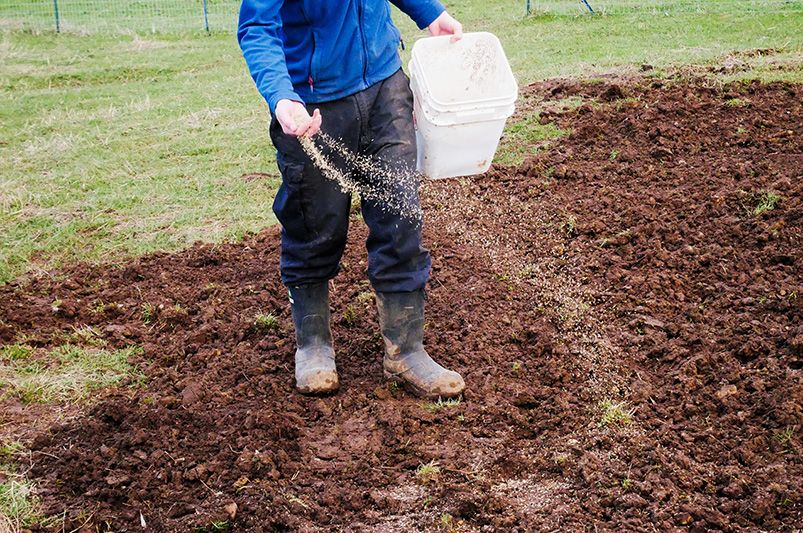
Overseeding vs. Bare ground
If you are overseeding an existing lawn to fill in thin or bare spots, make sure to mow the existing grass short and rake the area to create good seed-to-soil contact.
If you are starting from bare ground, follow the steps mentioned earlier.
Local Timing Considerations:
Consider local climate patterns when determining the best time to plant grass seed.
Avoid planting during extremely hot or dry periods, as this can make it challenging for the seedlings to establish. If necessary, use temporary shade covers or straw mulch to protect the newly seeded area from excessive heat and rapid evaporation.
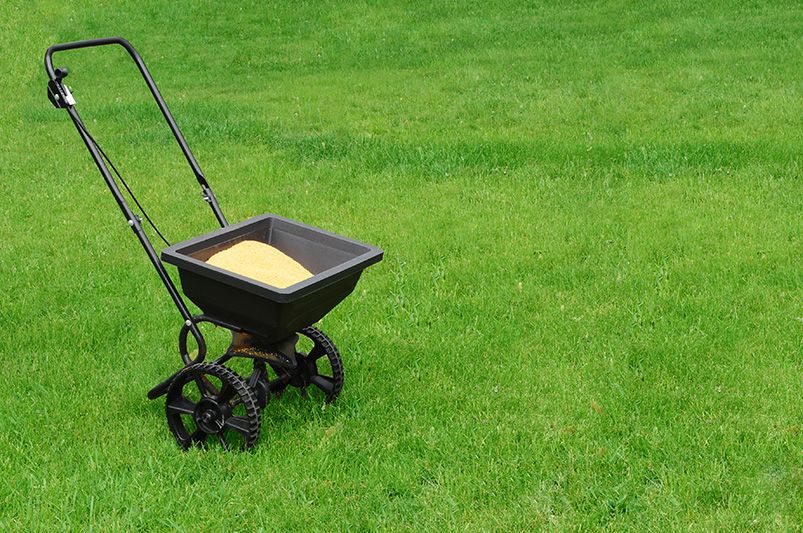
Weed Control
Weed competition can hinder the growth of grass seedlings.
Pre-emergent herbicides can be used before seeding to prevent weed seeds from germinating. However, if you choose to use a pre-emergent herbicide, ensure it is safe for the specific grass seed type you are planting.
If weeds emerge after seeding, use appropriate post-emergent herbicides or manually remove them.
Remember, achieving a lush and healthy lawn takes time and consistent care. Patience, proper maintenance, and following best practices for your specific grass variety will lead to a successful outcome. The most important thing to start with, however, is to know exactly when to plant grass seed, a question which we answer in this guide alongside others.
Lawn and grass care is an important part of landscape care. However, it could be underwhelming and feel even more tedious to keep trying to fix a landscape that has a foundational flaw, such as a design one. Fortunately, at Shrubhub, we're currently offering a 70% sale on all our design services, including our 2D and 3D landscape design services. All you need to do is sign up here and a team member will contact you as soon as possible.


